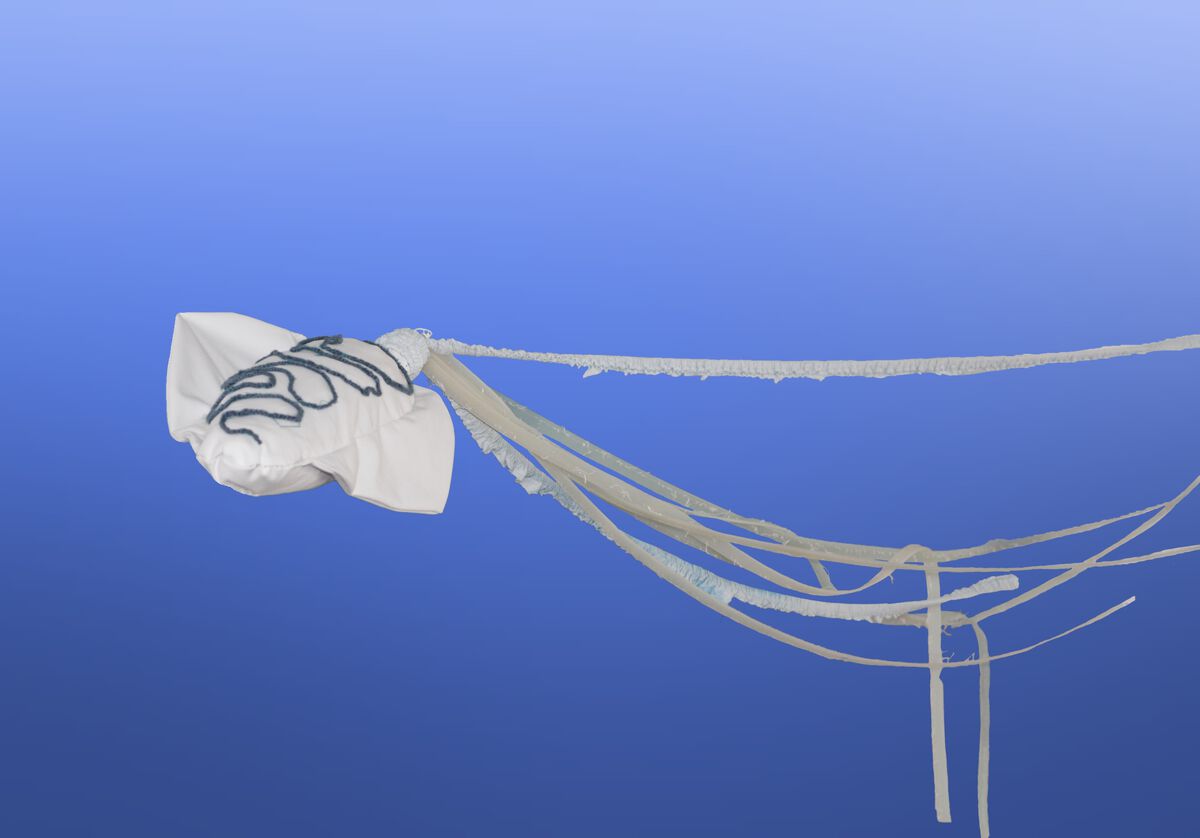Kraken
Terrifying tales of the kraken, a monster from the depths of the ocean, were told among sailors for centuries. The kraken, it was said, had a taste for human flesh; it was of gigantic size, capable of devouring entire ship crews at once and causing vessels to sink by generating a maelstrom. Jules Verne also alludes to this myth in his 1870 novel Twenty Thousand Leagues Under The Sea. These stories were probably inspired by sightings of the giant squid, a cephalopod of impressive size, whose way of life remains somewhat mysterious even today. The monstrous reputation of these animals is probably also contributed to by the scars on the skin of sperm whales, resulting from fights between the two. In this case, however, it is the squid that is being hunted. The scars are caused by the suckers of the giant squids, which are lined with sharp teeth. But instead of inspiring fear, these teeth have inspired researchers to invent new materials. The teeth consist of a heteropolymer, the ‘Squid Ring Teeth protein’. Its flexible amorphous phase provides self-healing properties that do not show signs of degradation, even after many self-healing cycles. The solid crystalline part on the other hand provides high mechanical strength. The material is biocompatible and displays strong underwater adhesion to a variety of substrates. This makes it very promising for the biomedical field.
Sources: Pena-Francesch, Abdon et al., “Research Update: Programmable tandem repeat proteins inspired by squid ring teeth”, APL Materials, vol. 6, (2018).
Salvador, Rodrigo B. and Barbara M. Tomotani, “The Kraken: when myth encounters science”, História, Ciências, Saúde – Manguinhos, vol. 21, issue 3, (2014): 971-994.
